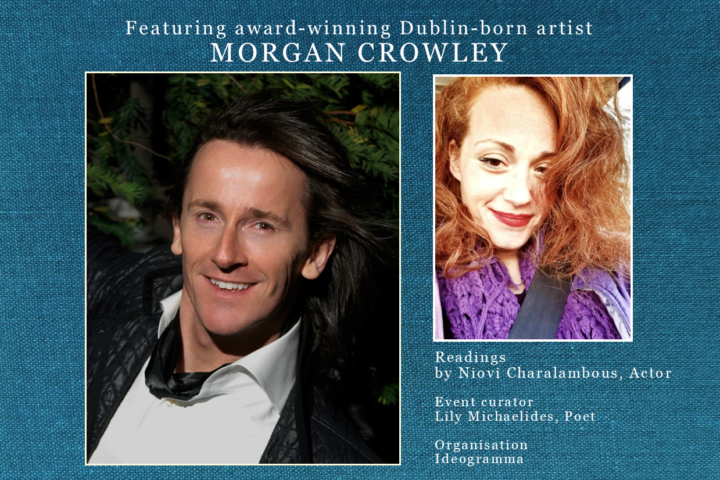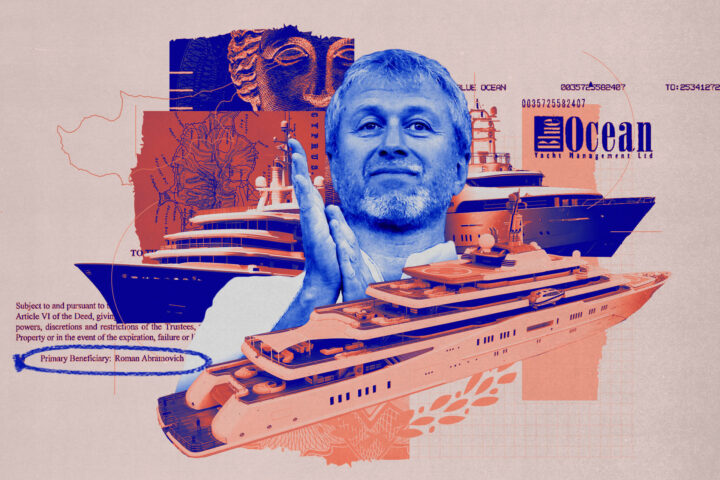Australia's swimming trials unearthed an impressive crop of young talent raising hopes the country might regain its superpower status in the pool, but this year's London Olympics could just come too soon to harvest a golden haul.
Australia won six swimming golds at Beijing, following a seven-gold haul at Athens in 2004 and five at the Sydney 2000 Games to finished runner-up to the United States in the medal standings at the past three Olympics.
But the country of five-time Olympic champion Ian Thorpe, who flopped at the trials on his comeback, and retired 1,500 metres great Grant Hackett, has tumbled down the world rankings.
Australia managed only two titles at last year's world championships in Shanghai, finishing seventh in the medal table.
"The gap's closed on us by the nations that have finished third and down," Australia head coach Leigh Nugent said at the close of the Adelaide trials on Thursday, pointing to China and France as big improvers.
Despite flickers of hope emerging in other events, the burden of Australia's Olympic hopes lie squarely on the shoulders of their reigning world champions — James Magnussen and his 100 metres freestyle relay team mates.
Magnussen's stunning 47.10 second swim to clinch the 100 freestyle title in Adelaide underlined his favourite status to secure gold in the event at London.
The swimmer's formidable understudies all qualified under the Olympic A standard in the final, meaning the relay team will be hard to beat.
The 20-year-old Magnussen, nicknamed "the Missile", also surprised himmself and probably many of his rivals by swimming the second fastest 50 freestyle over the past year behind Brazilian Olympic and world champion Cesar Cielo.
Nugent said Australia's 44-member squad named on Thursday could realistically hope for around 15 medals at London, the same amount won in Athens.
Beyond Magnussen and the relay team, finding genuine gold medal chances among them is a tougher task.
Twenty-year-old Thomas Fraser-Holmes put down a marker with impressive wins in the 200 free and 400 IM, while Leiston Pickett, also 20, showed herself to be a medal candidate in the 100 breaststroke.
The youth-led assault at the trials put paid to the Olympic ambitions of former world champions Thorpe, Michael Klim and Geoff Huegill, but Australia's old guard may yet prove to be the team's best hopes of cobbling an extra gold or two.
Stephanie Rice will defend both her 200 and 400 individual medley titles at London after brilliant comeback swims following shoulder surgery in December to qualify for each at the trials.
Leisel Jones, 26, became Australia's first swimmer to qualify for a fourth Olympics at the trials and will defend her 100 breaststroke title at London.
However, she faces an uphill task in reeling in peerless American world champion Rebecca Soni.
Australia's women scooped all six of the swim team's Beijing gold medals, but the younger generation, spearheaded by Alicia Coutts, Kylie Palmer and Belinda Hocking, settled for silver at the world championships.
The trio's times in Adelaide were enough to qualify comfortably but failed to set the pool alight and they will have to improve dramatically to top the podium in London.
The trials, nonetheless, showed Australia was on the up after a post-Beijing hangover.
They could still deliver four to five gold medals if the likes of Emily Seebohm (100 backstroke) and Christian Sprenger (100 breaststroke) continue their rapid improvement.
"I'm a lot more positive about the team's prospects now than I was going into the trials," former backstroke and butterfly world champion Matt Welsh told Reuters.
"With the young guys coming through, I think for a while there there was a bit of a mentality that if you made the team that was all you had to do.
"Now I think people are starting to realise that performing on the big stage is the end-game. I think there's a bit more maturity there."







